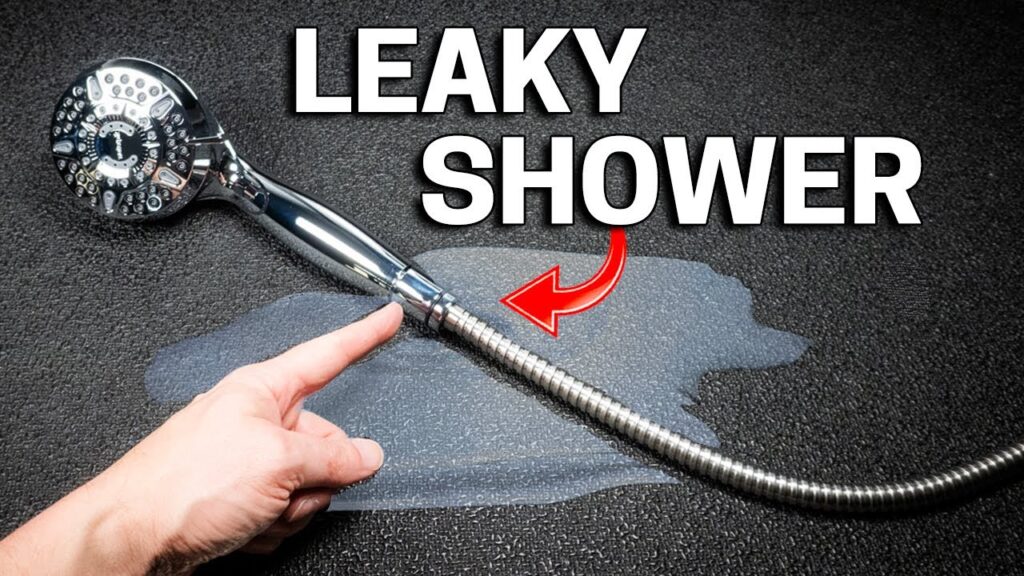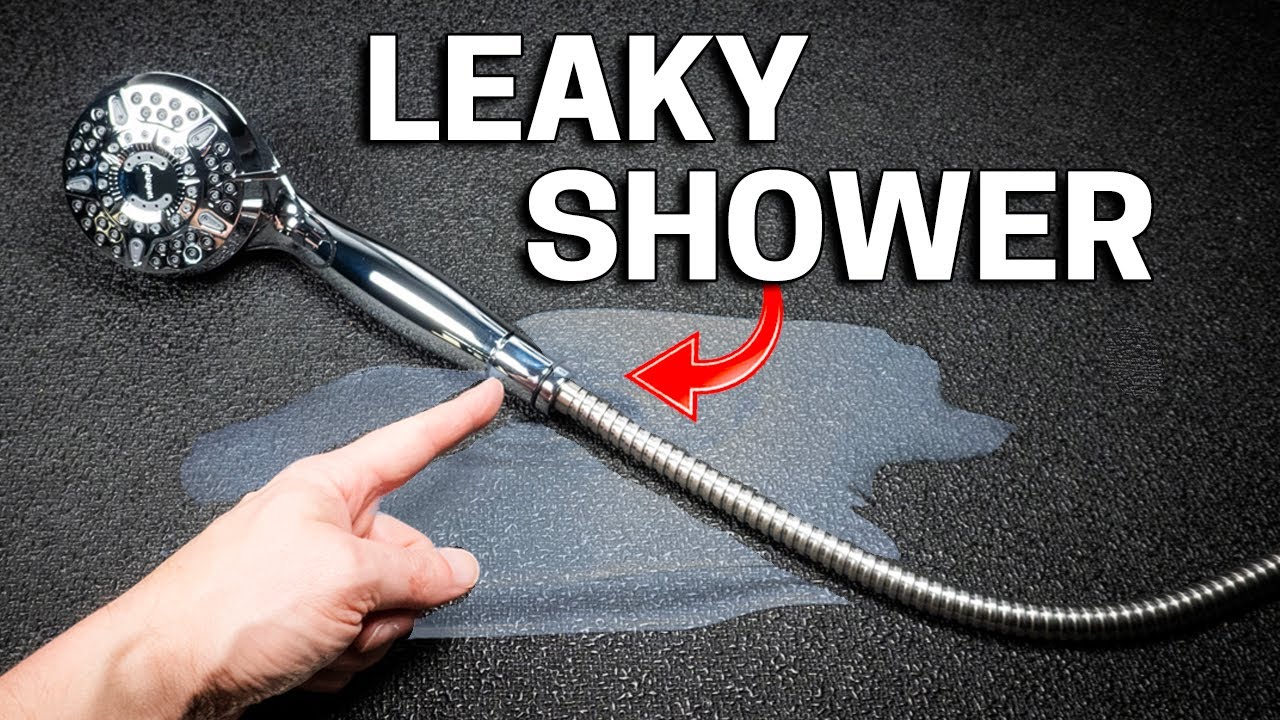
How to Fix a Leaking Sink Outlet Hose: A Comprehensive Guide
Discovering a leak under your kitchen or bathroom sink is never a welcome surprise. Often, the culprit is a compromised sink outlet hose. A leaking sink outlet hose can lead to water damage, mold growth, and wasted water, making it essential to address the problem promptly. This comprehensive guide provides a step-by-step approach to diagnosing, repairing, and even replacing a leaking sink outlet hose. We’ll equip you with the knowledge and confidence to tackle this common plumbing issue, saving you time, money, and the headache of a more significant problem down the line. Based on our experience, addressing this problem quickly is key.
Understanding the Sink Outlet Hose and Its Function
Before diving into the repair process, let’s understand the role of the sink outlet hose. This flexible hose connects the sink drain to the main drainpipe in your wall or floor. It’s responsible for carrying wastewater away from the sink. Because of its location and constant exposure to water and debris, the sink outlet hose is prone to wear and tear, making it a common source of leaks. Understanding the different types of hoses and their typical failure points is the first step towards a successful repair.
Types of Sink Outlet Hoses
Sink outlet hoses come in various materials and designs, each with its own advantages and disadvantages:
- Corrugated Plastic: This is the most common type, known for its flexibility and affordability. However, the corrugations can trap debris and are more susceptible to cracks over time.
- Smooth PVC: Offers better flow and is easier to clean than corrugated plastic. It’s also more resistant to cracking, but less flexible.
- Flexible Metal: Typically made of stainless steel, these hoses are the most durable and resistant to damage. They are also the most expensive option.
Common Causes of Leaks
Several factors can contribute to a leaking sink outlet hose:
- Age and Deterioration: Over time, the hose material can become brittle and crack, especially if exposed to harsh chemicals or extreme temperatures.
- Loose Connections: The connections at the sink drain and the drainpipe can loosen, causing water to seep through.
- Physical Damage: Accidental impacts or sharp objects can puncture or tear the hose.
- Clogs and Pressure: Blockages in the drainpipe can increase pressure on the hose, leading to leaks or bursts.
Essential Tools and Materials for Repairing a Leaking Sink Outlet Hose
Before you start, gather the necessary tools and materials. Having everything on hand will streamline the repair process and prevent unnecessary trips to the hardware store.
- Adjustable Wrench: For loosening and tightening connections.
- Channel-Lock Pliers: Provide extra grip for stubborn connections.
- Basin Wrench (Optional): Useful for accessing hard-to-reach nuts under the sink.
- Screwdriver (Phillips and Flathead): Depending on the type of clamps used.
- Bucket or Pan: To catch any water that spills during the repair.
- Old Towels or Rags: For cleaning up spills and protecting surfaces.
- New Sink Outlet Hose: If the existing hose is damaged beyond repair. Make sure to get the correct size and type.
- Plumber’s Tape (Teflon Tape): For sealing threaded connections.
- Penetrating Oil (Optional): To loosen corroded connections.
Step-by-Step Guide to Diagnosing and Repairing a Leaking Sink Outlet Hose
Follow these steps to identify the source of the leak and perform the necessary repairs. Always remember to turn off the water supply before starting any plumbing work.
Step 1: Turn Off the Water Supply
Locate the shut-off valves under the sink. There should be separate valves for hot and cold water. Turn both valves clockwise until they are completely closed. If you don’t have shut-off valves, you’ll need to turn off the main water supply to your house.
Step 2: Inspect the Sink Outlet Hose
Carefully examine the entire length of the hose, paying close attention to the connections at both ends. Look for:
- Visible Cracks or Holes: These are the most obvious signs of damage.
- Leaks at the Connections: Feel around the connections for moisture.
- Corrosion or Mineral Buildup: This can weaken the hose and connections.
Step 3: Tighten Loose Connections
If the leak appears to be coming from a loose connection, use an adjustable wrench or channel-lock pliers to tighten the nuts. Be careful not to overtighten, as this can damage the hose or the connections. Turn the nut clockwise until snug. After tightening, turn the water back on briefly to check if the leak is gone. If not, proceed to the next step.
Step 4: Apply Plumber’s Tape to Threaded Connections
If tightening the connections doesn’t stop the leak, the threads may need to be resealed. Turn off the water supply again. Disconnect the leaking end of the hose. Clean the threads on both the hose and the drainpipe. Wrap plumber’s tape (Teflon tape) clockwise around the threads several times. Reconnect the hose and tighten the nut. Turn the water back on to check for leaks.
Step 5: Patch Small Holes or Cracks (Temporary Fix)
For small holes or cracks, you can attempt a temporary patch using waterproof tape or epoxy putty. Clean and dry the area around the hole or crack. Apply the tape or putty according to the manufacturer’s instructions. This is only a temporary solution and the hose will eventually need to be replaced.
Step 6: Replace the Sink Outlet Hose (Permanent Solution)
If the hose is severely damaged or the leak persists after attempting the above repairs, the best solution is to replace the entire hose. Here’s how:
- Turn off the water supply.
- Place a bucket or pan under the sink to catch any water.
- Disconnect the old hose from both the sink drain and the drainpipe. Use an adjustable wrench or channel-lock pliers if necessary.
- Clean the threads on the sink drain and drainpipe.
- Wrap plumber’s tape around the threads of both connections.
- Connect the new hose to the sink drain and the drainpipe. Tighten the nuts securely, but don’t overtighten.
- Turn the water supply back on slowly and check for leaks. If you see any leaks, tighten the connections further or reapply plumber’s tape.
Choosing the Right Replacement Sink Outlet Hose
When selecting a new sink outlet hose, consider the following factors:
- Material: Choose a material that is durable and resistant to cracking. Flexible metal hoses are the most durable, while smooth PVC offers a good balance of durability and affordability.
- Size: Make sure the hose is the correct length and diameter for your sink and drainpipe. Measure the old hose before you go to the store.
- Type of Connection: Ensure the hose has the correct type of connections for your sink drain and drainpipe. Common types include compression fittings and threaded connections.
- Flexibility: Choose a hose that is flexible enough to easily connect to the sink drain and drainpipe without kinking or straining.
Preventing Future Leaks
Here are some tips to help prevent future leaks in your sink outlet hose:
- Regularly Inspect the Hose: Check the hose and connections for signs of wear and tear.
- Avoid Harsh Chemicals: Don’t pour harsh chemicals down the drain, as they can damage the hose material.
- Clear Clogs Promptly: Clogs can increase pressure on the hose, leading to leaks.
- Replace the Hose Periodically: Even if the hose doesn’t show any signs of damage, it’s a good idea to replace it every 5-7 years.
Troubleshooting Common Problems
Even with careful planning, you may encounter some challenges during the repair process. Here are some common problems and how to address them:
- Stuck Connections: If the nuts are difficult to loosen, apply penetrating oil and let it sit for a few minutes before attempting to loosen them again.
- Stripped Threads: If the threads are stripped, you may need to replace the sink drain or drainpipe.
- Leaks Persist After Repair: Double-check all connections and make sure they are tight. Reapply plumber’s tape if necessary. If the leak persists, there may be a problem with the sink drain or drainpipe itself.
The Importance of Proper Plumbing Maintenance
Addressing a leaking sink outlet hose is just one aspect of maintaining a healthy plumbing system. Regular maintenance can prevent costly repairs and ensure the longevity of your plumbing fixtures. Consider these additional maintenance tips:
- Check for Leaks Regularly: Inspect all faucets, pipes, and fixtures for leaks.
- Flush Your Water Heater: Sediment buildup in the water heater can reduce its efficiency and lifespan.
- Insulate Pipes: Insulating pipes can prevent freezing and bursting during cold weather.
- Consider Professional Inspections: Schedule periodic inspections with a qualified plumber to identify potential problems early on.
Expert Insights on Sink Outlet Hose Repair
Based on our experience, many homeowners underestimate the importance of using quality materials and proper techniques when repairing a sink outlet hose. A cheap hose or a poorly executed repair can lead to recurring leaks and more significant problems down the road. Always invest in a durable hose and take your time to ensure all connections are secure. According to leading plumbing experts, a little preventative maintenance can save you a lot of money and headaches in the long run.
Sink Outlet Hose Repair: Weighing the DIY Approach
While many homeowners can successfully repair a leaking sink outlet hose themselves, there are situations where it’s best to call a professional plumber. If you’re not comfortable working with plumbing, or if you encounter any of the following issues, it’s best to seek expert help:
- Extensive Water Damage: If the leak has caused significant water damage, a professional can assess the damage and make necessary repairs.
- Complex Plumbing System: If you have an older or more complex plumbing system, a professional can ensure the repair is done correctly and safely.
- Recurring Leaks: If you’ve attempted to repair the leak yourself and it keeps coming back, a professional can diagnose the underlying problem and provide a permanent solution.
Exploring Advanced Solutions for Persistent Leaks
Sometimes, a leaking sink outlet hose is a symptom of a larger plumbing issue. If you’ve replaced the hose and the leak persists, or if you notice other plumbing problems, such as slow drains or gurgling sounds, it’s important to investigate further. A professional plumber can perform a thorough inspection of your plumbing system to identify any underlying issues and recommend appropriate solutions.
What’s Next After Fixing Your Sink Outlet Hose
Repairing a leaking sink outlet hose is a manageable task for many homeowners, offering a satisfying solution to a common plumbing problem. By understanding the components, following the steps outlined, and prioritizing quality materials, you can effectively address the issue and prevent future leaks. Remember to regularly inspect your plumbing and address minor issues promptly to avoid more significant problems down the line. Share your experiences with repair sink outlet hose leaking in the comments below, and let us know what tips worked best for you!

